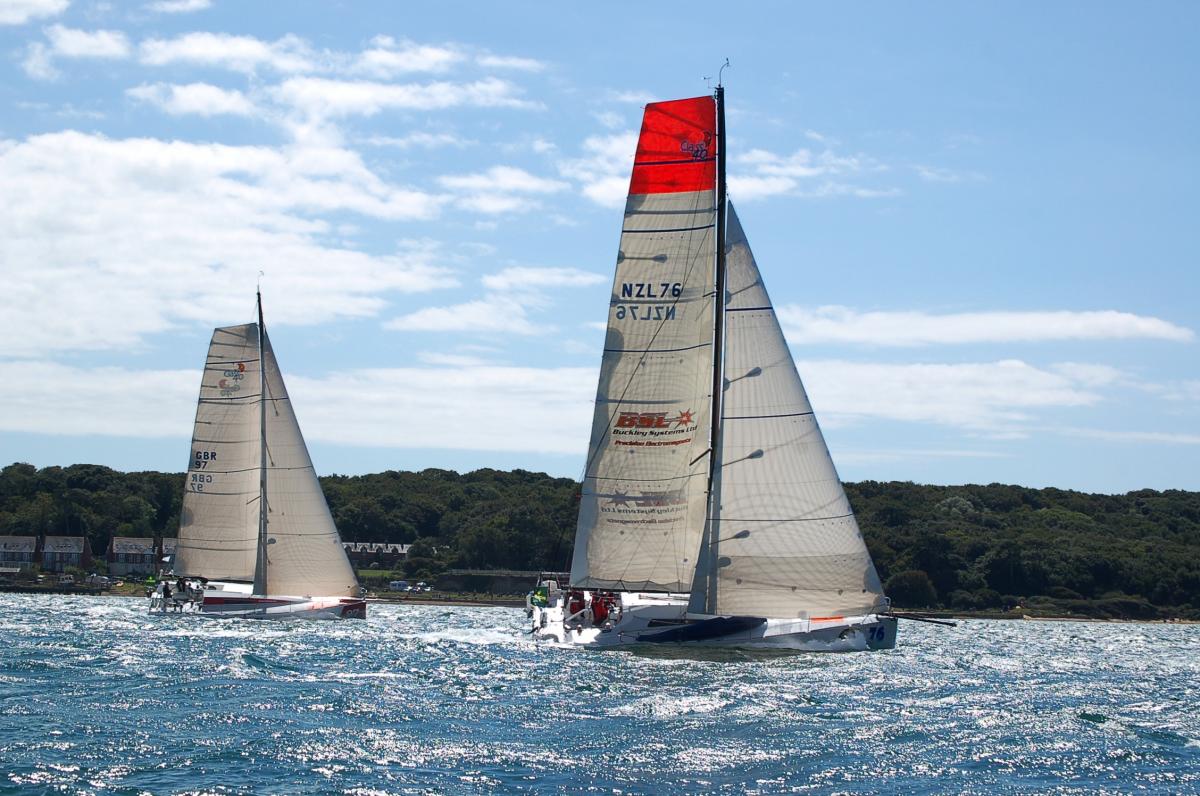Yachts that undertake international voyages to or from New Zealand waters, and have systems installed to carry non-permanent ballast water, will need to comply with new regulations to manage their ballast water from next month.

A handful of New Zealand yachts are expected to be affected by the change in our maritime laws, along with about 20 New Zealand-flagged commercial ships.
Ballast water is used for improving sailing performance on some yachts, by adding weight to the windward rail, while for motor launches it may be used to adjust the stability of the vessel.
Maritime New Zealand principal technical adviser Paul Vorwerk said it is difficult to know how many of the yachts that sail in and out of New Zealand’s waters actually carry ballast water.
“We are working with Yachting New Zealand to assess the numbers and make sure owners know what the new requirements are.”
The new rules are due to New Zealand acceding to the International Maritime Organisation’s Ballast Water Management Convention last year. Both the convention and New Zealand’s ballast water rules come into force on September 8.
Pleasure craft travelling to this country are expected to already comply with the initial discharge standard in the convention, as comparable standards already exist in Ministry of Primary Industries’ regulations.
From next month, New Zealand will require all vessels entering New Zealand to manage their ballast water. Depending on the vessel, ballast water can be exchanged 200 nautical miles out to sea or through the use of treatment equipment to clean ballast water if discharging without exchange. There is an alternative equivalent compliance mechanism for pleasure craft.
A yacht operator can choose to comply with the full commercial survey, certification and document requirements for a vessel of the relevant size or opt for the equivalent compliance option available through the Maritime New Zealand director’s guidelines. (see the Maritime NZ website for more details).
The main purpose of the convention is to manage and control the risk posed by biological materials going out from and coming into New Zealand waters. This is why the requirements relate to ships travelling internationally. Ballast water discharge typically contains a variety of biological materials which often include non-native, nuisance, exotic species that can cause ecological and economic damage.
See www.maritimenz.govt.nz/ballast for more information.


